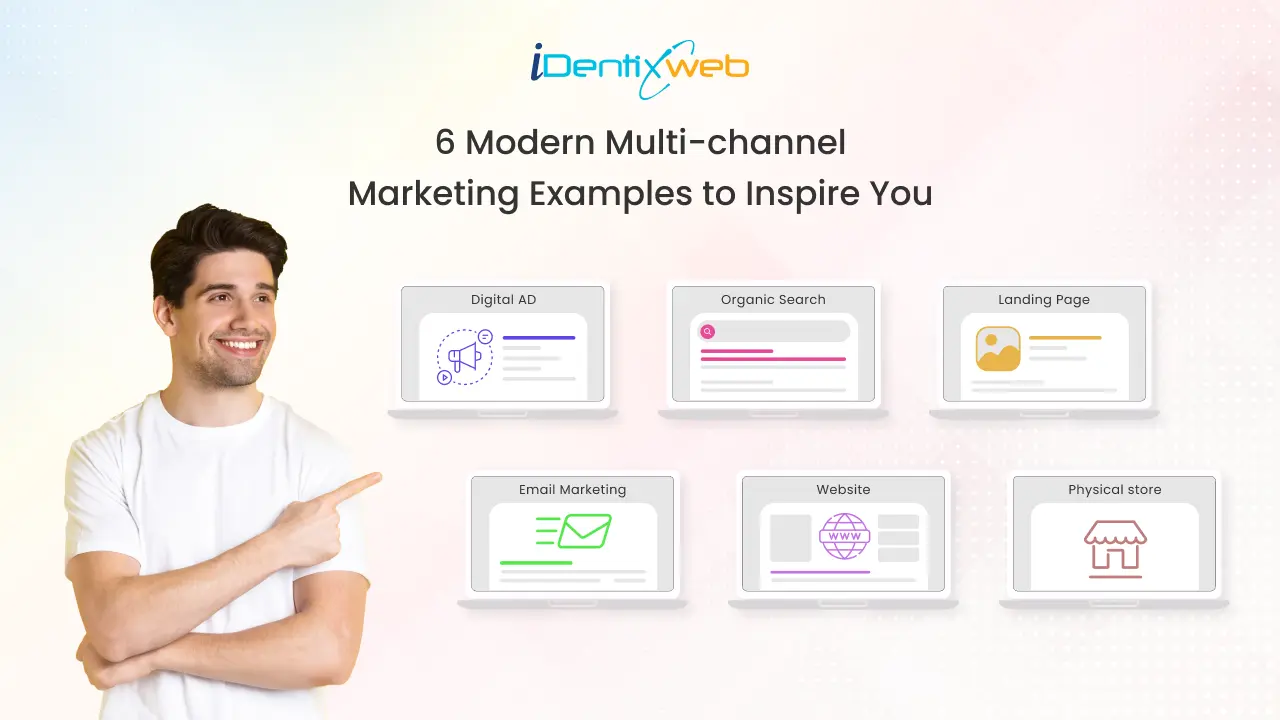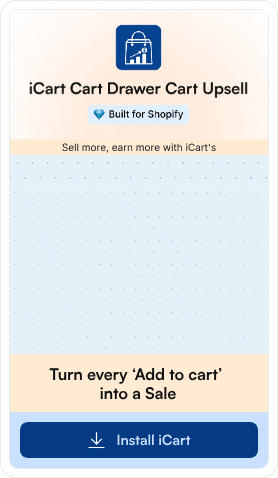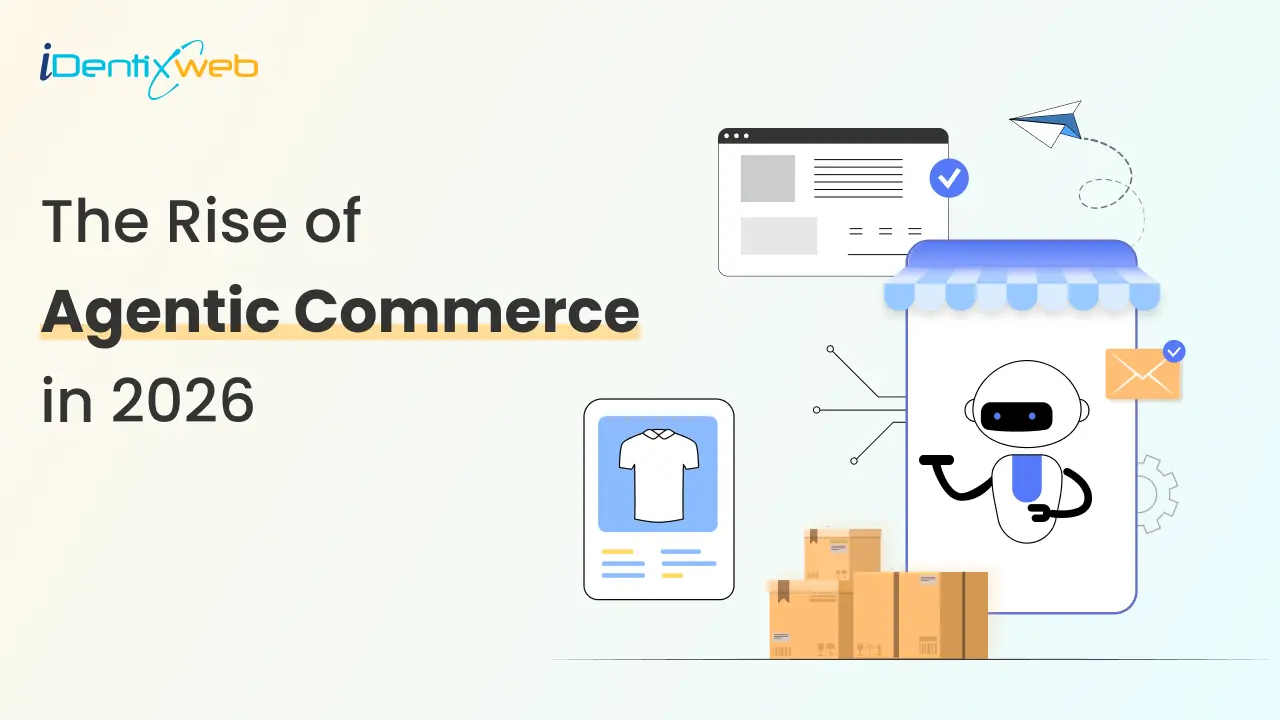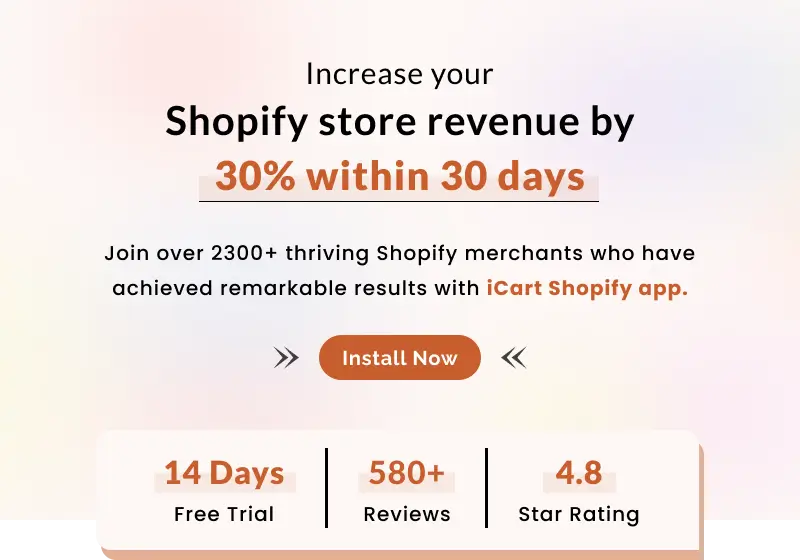
Think about the number of marketing channels you can access: social media, websites, text messages, emails, brick-and-mortar stores, and mobile applications. Today, there are more channels than ever before to reach customers.
The best brands don't remain at the top because of their products and services. They meet their customers in their preferred channel.
Multi-channel marketing refers to the process of customer engagement across multiple channels. It has become important in modern marketing, where customers interact with the brand through different channels.
Today, let’s look at some of the best multi-channel marketing examples of brands that are at the top in 2025.
6 Best Examples of Multi-channel Marketing
Allbirds
They are a sustainable footwear and apparel brand based in New Zealand. Allbirds excel in consistent messaging with two key themes: Sustainability and comfort.
The brand’s mission statement states that it aims to reduce its carbon footprint to near zero by the end of 2030. Their marketing strategy is to use eco-friendly and sustainable materials like regenerative wool to make their products.
This way, customers feel like they are part of a community that’s helping the planet. And it works!
Take a look at the content of their Facebook post. They use keywords like ‘sustainable’ and ‘comfort’ to get their core message. The visuals they use are their products with nature.

Now, have a look at their newsletter. They use the same theme of nature - the flowing rivers and the growing gardens to showcase their products.

What we love about Allbirds’ multi-channel marketing is that they always use a consistent theme. Sustainability and comfort are their company’s branding, and they use it across all channels. For businesses managing multiple touchpoints, exploring omnichannel platforms can help unify customer data, marketing, and communication to deliver consistency across every channel.
Key Takeaways from Allbirds’ Multi-channel Marketing Campaign
- You should focus on consistent messaging.
- Develop themes around your brand.
- Combine your products with matching visuals.
Now let’s look at how Starbucks uses multi-channel marketing.
Starbucks
If you have ever visited a Starbucks, their interiors complement their products well. Everything from cups to walls is designed to provide a great customer experience.
But it’s not their brick-and-mortar store that helps their sales.
Starbucks’ Loyalty Program is one of the best loyalty programs we have come across in our research. 41% of their sales in the USA come from their loyalty program members.
Starbucks added the loyalty program card to its app. Customers can use and redeem their cards through different channels like phone, websites, or in-store. The app also allows customers to pay from their devices.
What’s great is that you can order ahead through the app or redeem quickly while waiting in line for a cup of coffee.
Key Takeaways from Starbucks’ Multi-channel Marketing Campaign?
- Create an easy-to-use loyalty program across multiple channels.
- Invest in technology that helps customers get to your products easily.
Disney’s multi-channel marketing is great. Let’s look at how it works.
Disney
Disney’s website offers quick access to all of its verticals. These include its cruise line, holiday package, and online shopping store.
Disney’s catalogue is massive. It has theme parks, a streaming platform, and production studios worldwide. All these verticals must work seamlessly together, and Disney's website does exactly that.
What’s more impressive is that it is seamlessly optimized for both desktops and mobile devices.
Users can book tickets for theme parks, plan their cruise, and sign in to the streaming platform. All this in just one website. In short, if you have multiple businesses under one umbrella, check out how Disney has set up their website.
Key Takeaways from Disney’s Multi-channel Marketing Campaign?
- Create a website that’s optimized for all platforms.
- Make sure all your business verticals are integrated in a user-friendly way.
Moving forward to understand the multi-channel marketing of the leading brand in the world.
Apple
It’s not rocket science that the most valuable brand in the world is good at marketing. It uses a marketing strategy called ‘click and mortar’. This combines both online and offline stores for a complete shopping experience.
Apple doesn't treat offline stores as sales channels. It has created a low-pressure sales environment. Customers visit the stores to check out the Apple products. The store focuses more on education and customer service rather than sales.
Apple hardware is complemented by its digital services. Apple TV+ and Apple News+ are both available for a free 3-month trial for new Apple users.
What Can You Take from Apple’s Multi-channel Marketing Campaign?
- Offline stores are not just for retail sales.
- Create multiple touchpoints for your customers.
Now, let’s look at how influencer marketing is integrated into multi-channel.
Under Armour
This company is one of the best multi-channel marketing examples for influencer marketing. Under Armour uses athletes like Dwayne ‘the Rock’ Johnson and Tom Brady to endorse their products on social media.
Once the customers land on their fitness application (UA App), they get personalized recommendations on diet plans, merchandise, and training programs.
The Under Armour app takes advantage of the fact that not everyone has the same fitness goals. This strategy of attracting customers with influencers and providing personalized experiences has worked wonders for this company.
What Can You Take from Under Armour’s Multi-channel Marketing Campaign?
- Focus on providing personalized experiences.
- Choose the right influencers to attract loyal customers.
Bank of America integrates all their touchpoints into their multi-channel marketing. Let’s understand how they do it.
Bank of America
Bank of America has three major customer touchpoints: website, mobile application, and physical store. It offers account management services through all these channels.
If you want to make an appointment or deposit a cheque, everything can be done seamlessly using the website, application, or their physical store.
In addition to this, Bank of America also upsells products and services to their customers. The company uses historical data to see the services a customer is using. They then evaluate other services they can provide customers via different channels.
What Can You Take from Bank of America’s Multi-channel Marketing Campaign?
- Integrate your core services across all platforms.
- Analyze data for upselling and cross-selling strategies.
Home Depot’s multi-channel marketing combines e-commerce and DIY projects. Let’s see how they do it.
Home Depot
This home improvement retailer previously relied on physical stores. Now, Home Depot has invested in providing digital experiences through online and offline channels.
Their online DIY projects and ideas have become a hit among people who want to start and complete small home improvement projects at home.
Plus, they also offer in-store workshops for kids. These workshops include lessons on using tools and completing small tasks at home. Parents can directly register for this workshop through their website.
All these workshops and projects encourage their customers to buy their products and provide advice on any issues at home.
What Can You Take from The Home Depot’s Multi-channel Marketing Campaign?
- Sell a digital experience that leads to the sale of your products.
- Creating training materials to solve customer problems.
Get Inspired by the Best Multi-channel Marketing Examples
It doesn't matter which industry you are in; multi-channel marketing has become necessary for customer engagement. We hope these multi-channel marketing examples inspire you to start your strategy. There are many platforms to choose from. Websites, social media, applications, emails, offline stores, and print media. Just make sure you have consistent messaging across all of them.
FAQs
1. What is an example of multi-channel marketing?
Under Armour attracts customers through influencer marketing and sells personalized training programs through its mobile app. It includes multiple channels such as influencers, social media, and mobile applications.
2. What is multi-channel marketing?
It is the process of using multiple channels to engage customers.
3. What are the multi-channel platforms?
Emails, websites, applications, social media, influencer marketing, print media, and physical stores.
4. Is omnichannel the same as multi-channel?
No. Omnichannel focuses on providing a unified customer experience. Multichannel focuses on each channel for customer engagement.
5. Why is multi-channel marketing important?
Multi-channel marketing is important because it helps businesses reach more customers on their preferred platform.













![BigCommerce to Shopify Migration in 7 Easy Steps [2025] BigCommerce to Shopify Migration in 7 Easy Steps [2025]](https://www.identixweb.com/wp-content/uploads/2025/11/26-11-Wed-Blog-Step-by-step-Guide-to-Migrate-from-BigCommerce-to-Shopify_.webp)

About the author
Vineet Nair
Vineet is an experienced content strategist with expertise in the ecommerce domain and a keen interest in Shopify. He aims to help Shopify merchants thrive in this competitive environment with technical solutions and thoughtfully structured content.